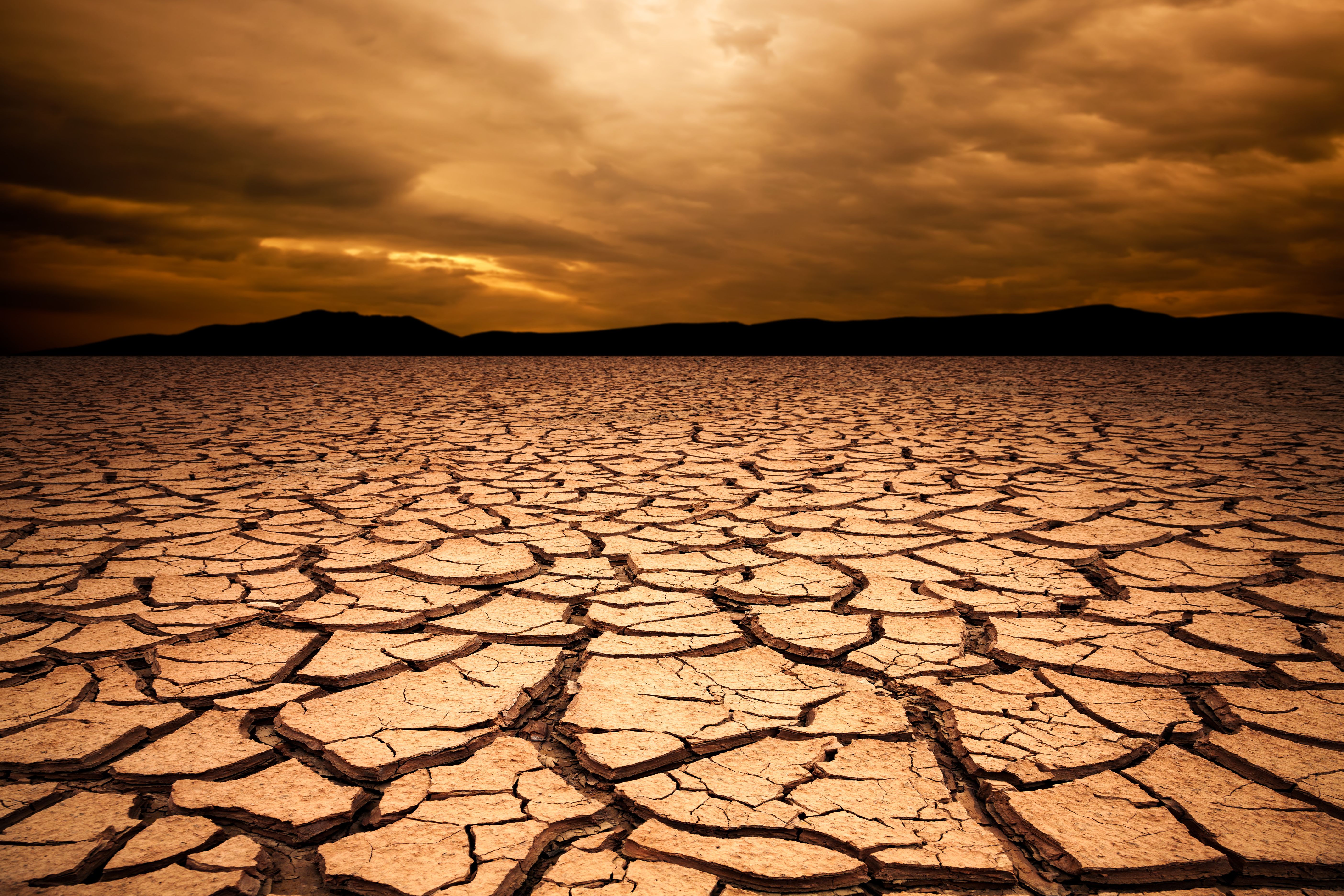Droughts May Trigger HIV Spread in Rural Sub-Sahara Africa
It’s likely droughts will become more common due to climate change.
Drought © Jose Ignacio Soto - stock.adobe.com

Droughts in rural Africa may cause an increase in HIV rates in women, according to new research from the University of Bristol.
The results, published today in AIDS and Behavior, say that HIV case numbers likely increase because women are exchanging sexual favors for food and water.
A research team, led by Adam Trickey M.Sc., gathered data from five surveys conducted in 2016 that included over 100,000 individuals ages 15-59. Participants were from Zambia, Uganda, Tanzania, Eswatini and Lesotho.
Survey results were then studied alongside precipitation records and matched with HIV rates in those areas.
In 2022, over 77% of new HIV cases in sub-Sahara Africa were adolescent girls and adult women, research from UNAIDS, part of the UN, states.
Sub-Sahara Africa is one of the most affected areas by climate change and droughts are expected to become more common. Since 1901, the percentage of land in this region experiencing severe drought rose from 5% to 15%. This is dire because 65% of Africa’s population relies on subsistence farming.
“That we found [HIV] among women in rural areas, but not women in urban areas or men in either rural or urban areas corroborates previous studies indicating that the mechanism through which drought may increase HIV risk is that drought pushes women who rely on farming for their livelihoods into sex work for money or food,” Trickey said in a press release. “Even if these changes were small, the large number of people living with HIV in Africa and the large percentage experiencing drought means that the effect of drought could still lead to many people acquiring HIV in this situation.”
Lenacapavir HIV PrEP: Not an AIDS Vaccine, but Vaccine Adjacent
June 19th 2025Experts and advocates say that twice-a-year HIV PrEP injections have the prevention potential of a vaccine — and that a once-a-year version of lenacapavir would be even better. But will Yeztugo be available to the people who would benefit most from HIV PrEP?
Read More
Trump Budget Axes CDC HIV Prevention, Shifts Care, Experts Warn of Risks
June 10th 2025Although some HIV programs will remain, the proposed cuts in the fiscal year 2026 budget are too severe and will hinder HIV care and research in the United States, according to Carl Schmid, executive director of the HIV+Hepatitis Policy Institute in Washington, D.C.
Read More
Most HIV Patients Trust Their Providers But Don’t Always Feel Heard, Survey Says
May 27th 2025Almost half (48%) of HIV patients sometimes feel unheard by their healthcare providers, which highlights a need for increased disease awareness, according to the early results of a new ViiV Healthcare survey.
Read More